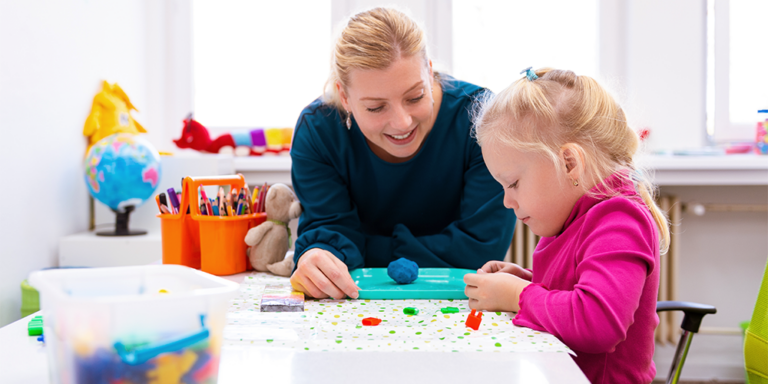Reading was always my FAVORITE subject in school. As a kid, I remember raising my hand with unbridled enthusiasm so that I might be chosen to read aloud to the class, “round robin” style. Whether it was the basal reader, a class novel or worksheet passages, I was hooked. I just loved to read. Anything.
This love of reading inevitably led me to choose teaching as a career, as I’m sure was the case for many educators. As an elementary reading teacher (and parent of 3 kids), I’ve come to learn that this love of reading does not come naturally to all children. It’s a challenge for those of us who eat, sleep, and breathe books to understand that for some, reading is a chore. It is something that is required, or in some cases, something to be avoided at all costs!
Our classrooms are full of kids along the reading spectrum. So how do we help nurture a love of reading in our students, especially those who are the most reluctant (or even averse!)? Research tells us that intrinsic motivation is key and that sticker charts and pizza parties can decrease motivation. Yikes!
We’ve put together a list of 3 key research-based strategies that will help build a community of readers and increase intrinsic motivation for even the most reluctant reader in your classroom.
1. Build Confidence
One of the most impactful components of reading motivation is self-efficacy, or the belief that one is capable. We’ve all witnessed a lesson fall apart when a student feels a book is too hard or the task is overwhelming. Teachers who can support students perception that they are capable readers are building a strong foundation for life-long reading engagement and competency.
So what can you do to build a sense of confidence?
|
Improve Confidence |
Instead of… |
| Use explicit and appropriately sequenced phonics instruction to help students decode words. |
Teaching students to guess at a word, skip it, look at the picture, or ask a friend when they come to a word they don’t know. |
|
Identify current reading/skill level, then create challenging tasks that build on and extend learning. |
Repeated experiences with texts/tasks that are too difficult. This leads to humiliation. |
|
Focus on growth and incremental steps toward success. |
Focusing on task completion, where success is irrelevant. |
2. Eliminate Extrinsic Rewards
Confession time… I am totally guilty of dangling prizes, parties, and food in front of my students to motivate them to read! Hey, when you know better, you do better, right?! Research tells us that while internal (intrinsic) motivations are positively correlated with reading achievement, external motivations (prizes, requirements, rules) are not (McCrae & Guthrie, 2009). Our goal should be to build a community of engaged readers right from day one, by sharing the joy of reading and by creating a physical space that reflects it! For a more in-depth look at the research, read the article Rewards are Still Bad News by Alfie Kohn.
Need some ideas to honor and celebrate reading successes with your students? Download our 6 (Non-Reward) Ideas to Celebrate Reading in the Classroom for a great list that you can implement tomorrow.
3. ARC of Motivation
In their book, No More Reading for Junk, Gambrell and Marinak (2016) refer to three critical areas that promote and enhance literacy motivation:
- Access— If we want our students to be engaged and motivated to read, we must create a text-rich space that celebrates the joy and value of reading. Teachers can do this through visual book displays, calling out selected favorites or new additions. An engaging read-aloud can give students access to content that would otherwise be too challenging. Check out this previous blog post that outlines steps to crowdfund for classroom books and supplies with Adopt-a-Classroom.
- Relevance— To make reading more meaningful for students, teachers should design authentic literacy activities, allowing students to see the connection between school reading and “real life” reading. One way to make reading more relevant is to make sure available texts reflect the identities of your students. Find out more about curating a diverse classroom library by reading this previous blog post.
- Choice— Research supports the premise that when students have a say in what they read, they’re more engaged, have better comprehension, and are more likely to continue reading. Not only is the what important to student motivation, but also the who, when, and where. As you plan for reading instruction, consider building choices around collaborative partnerships, the sequence of task completion, and reading location.
Students who are motivated to read, spend 300% more time reading than students who are not motivated to read (Wigfield & Guthrie, 1997). As educators, we can employ these essential strategies that will not only have an immediate and positive impact on our students but will also fortify their life-long reading motivation and future success.
Do you want more teacher tips on ways to get your students reading and enjoying it? Take a look at some of our wonderful Literacy courses.
References:
Marinak, B. A., & Gambrell, L. B. (2016). No more reading for junk: Best practices for motivating readers. Portsmouth, NH: Heinemann.
McRae, A., & Guthrie, J.T. (2009). Promoting reasons for reading: Teacher practices that impact motivation. In E.H. Hiebrt (Ed.), Reading more, reading better (pp. 55-76). New York, NY: The Guilford Press.
Wigfield, A., & Guthrie, J. T. (1997). Relations of children’s motivation for reading to the amount and breadth or their reading. Journal of Educational Psychology, 89(3), 420-432.






